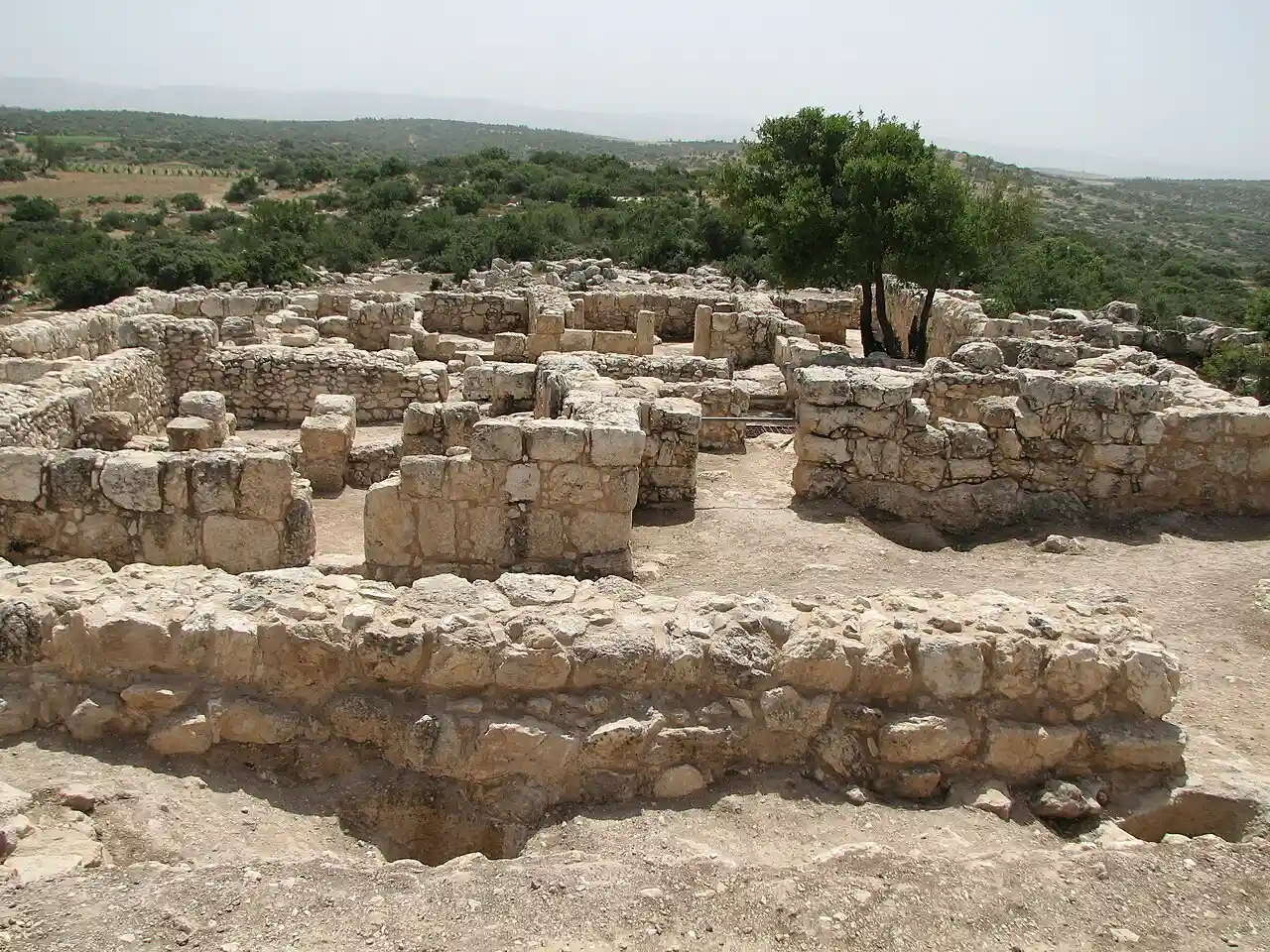 Hurvat Itri - Credit: Wikimedia Commons
Hurvat Itri - Credit: Wikimedia Commons
 Hurvat Itri - Credit: Wikimedia Commons
Hurvat Itri - Credit: Wikimedia Commons
Horvat 'Ethri (; alt. spellings: Hurvat Itri, Ethri, Atari), Hebrew for "Ethri ruin", Arabic name: Umm Suweid ("mother of the buckthorns"),Thus, according to the old Palestine maps. According to Gustaf Dalman, however, the name Suwwēd also carries the connotation of plum, meaning "mother of the plums" () is an archaeological site situated in the Judean Lowlands in modern-day Israel. Excavations at the site uncovered the remains of a now partially restored Jewish village of the Second Temple period, wherein are preserved an ancient synagogue, wine presses, cisterns, ritual baths and stone ossuaries, as well as an underground hideout system.בועז זיסו ואמיר גנור, "חורבת עתרי - כפר יהודי מתקופת הבית השני בשפלת יהודה", קדמוניות 123(1), 2002, עמ' 18-27 [Hebrew]Boaz Zissu & Amir Ganor, Horvat Ethri — A Jewish Village from the Second Temple Period and the Bar Kokhba Revolt in the Judean Foothills, Journal of Jewish Studies 60 (1), Oxford Centre for Hebrew and Jewish Studies, London 2009, pp. 92—96. The village was violently destroyed during the Bar Kokhba revolt. Read more on Wikipedia
Source: en.wikipedia.org